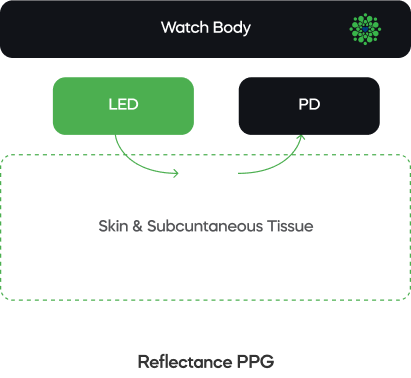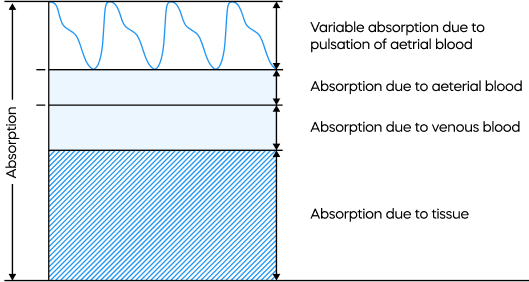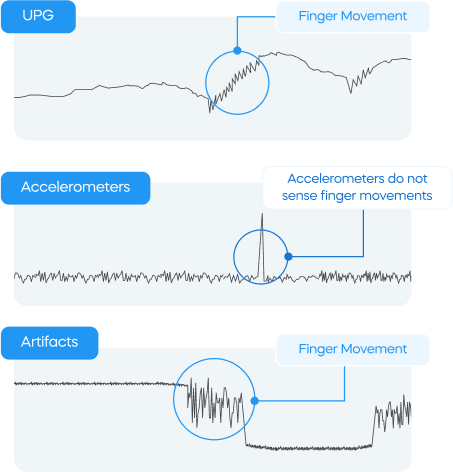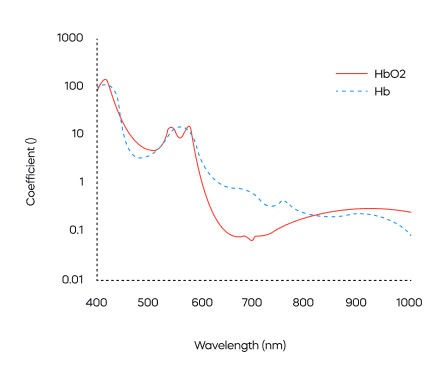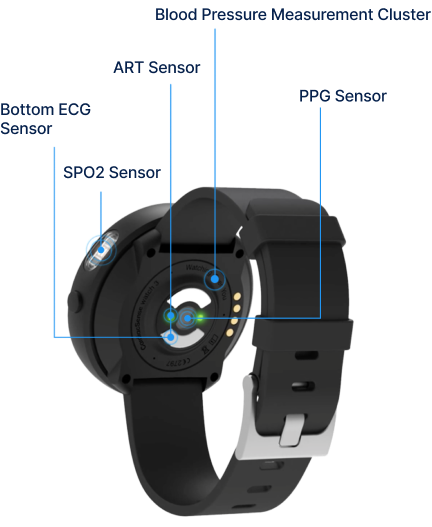
- Company
-
About CardiacSense India
Xplore Health is a Healthcare Technology company focused on Smart Healthcare Devices and Cloud Services.Contact Us
We’d be very happy to tell you more about CardiacSense and answer any questions you might have.
-
- Products
- Applications
- Science
- Resources
- Contact Us
- Login


